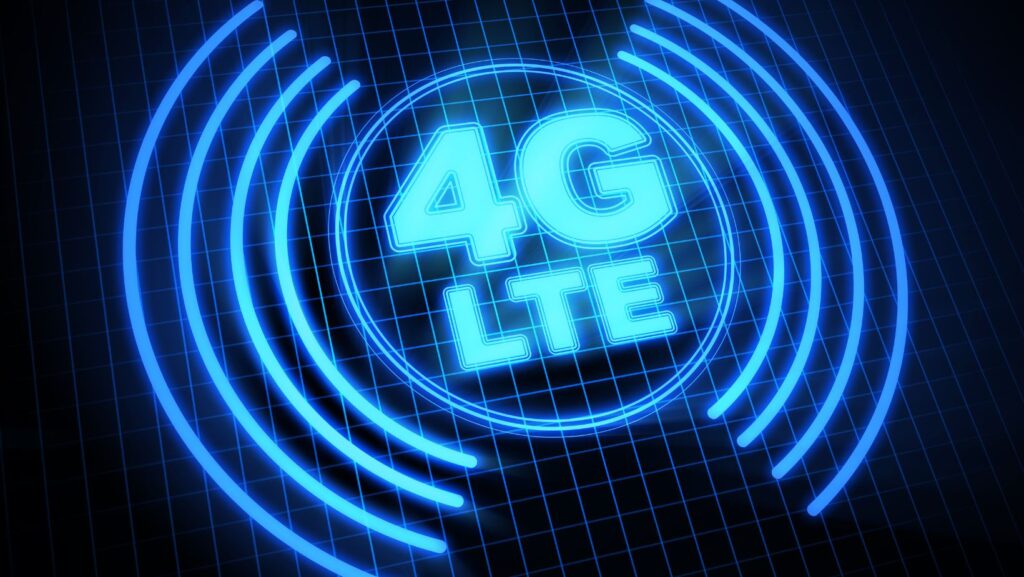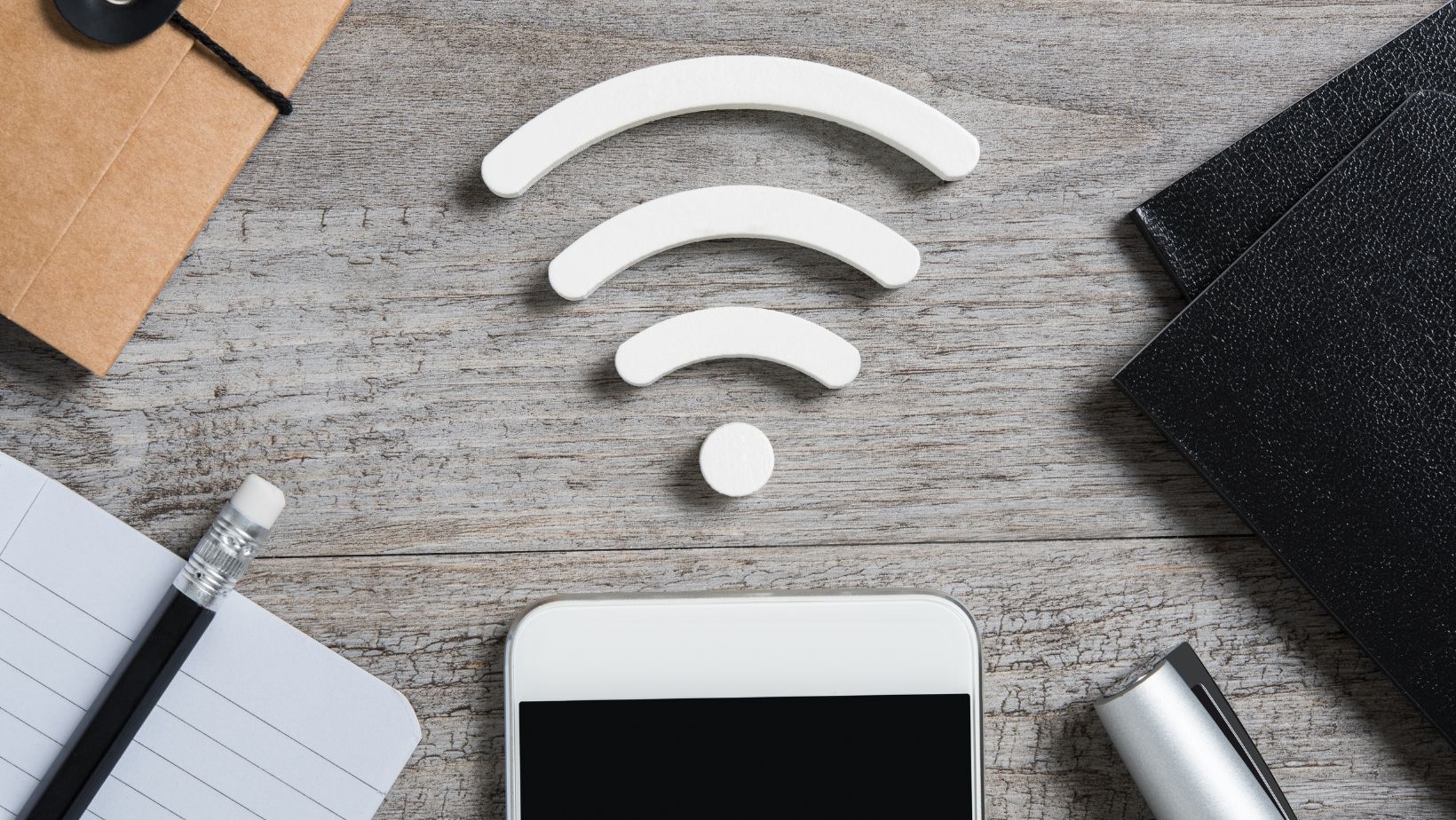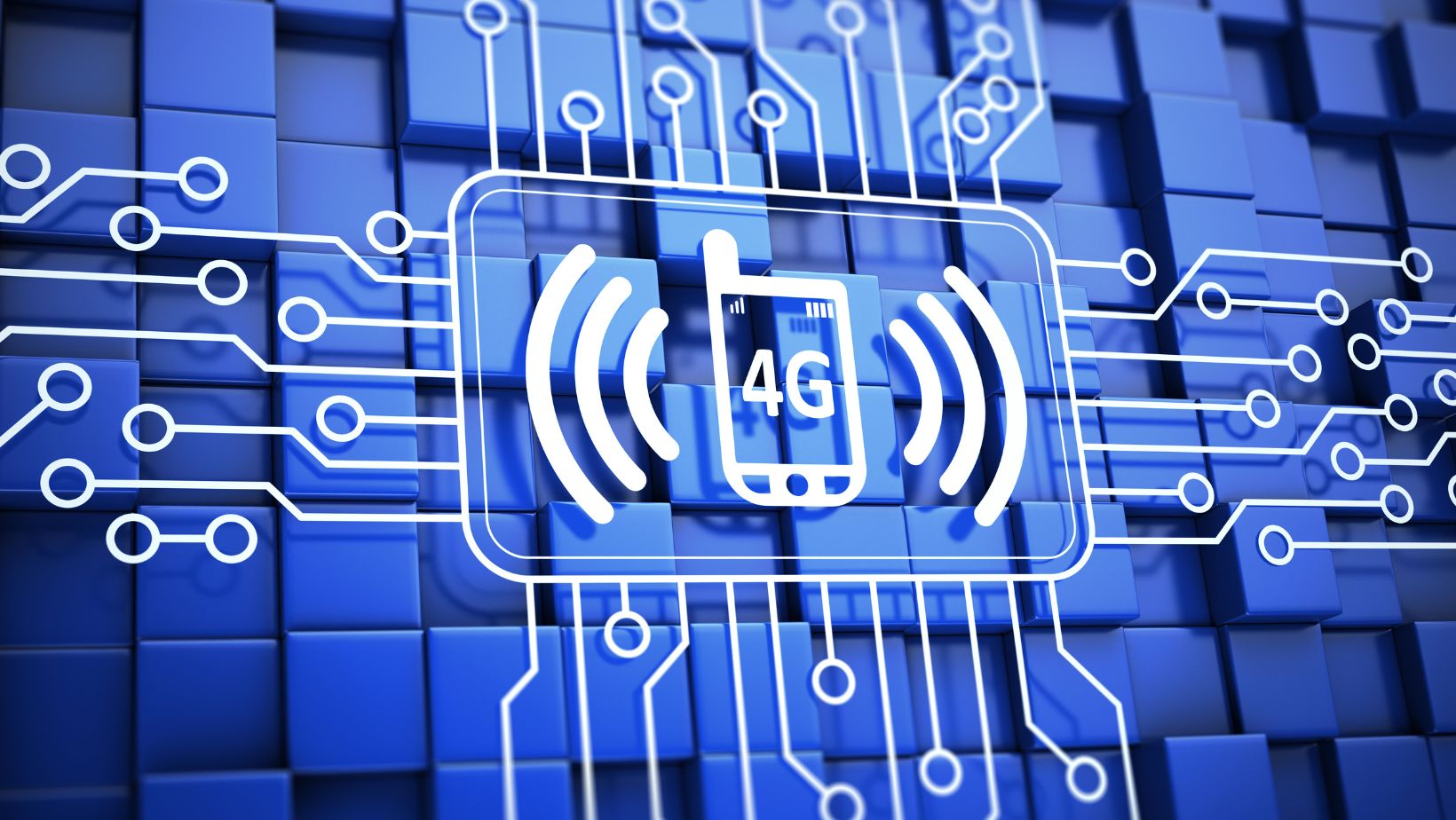
When emergencies strike, whether it’s a natural disaster, a public safety incident, or a personal crisis, the ability to communicate effectively is paramount. In these critical moments, the robustness of LTE (Long Term Evolution) technology often plays a lifesaving role, providing reliable and rapid communication when traditional systems like landlines or even WiFi might fail.
In this article, we’ll explore the integration of LTE into emergency response strategies and come to understand how this technology boosts the capabilities of emergency services and individuals alike in times of need.
Understanding the Differences Between LTE and WiFi in Emergency Scenarios
When we compare LTE and WiFi, what are the differences? To appreciate the value of LTE in emergencies, it’s essential to distinguish it from WiFi, a common method of connecting to the Internet.
While WiFi offers convenience and high-speed internet within short ranges, its reliance on local power sources and fixed infrastructure can be a significant limitation during emergencies.
In contrast, LTE, a standard for wireless broadband communication, operates independently of local power grids via widely distributed cell towers that often have their backup power solutions.
LTE networks provide broader coverage, ensuring you can send and receive critical information even when you’re away from typical WiFi hotspots.
This widespread coverage is crucial during emergencies when mobility is necessary, and access to information can dictate the safety and well-being of those affected.
Enhancing Emergency Response with LTE
LTE’s speed and reliability are invaluable for emergency responders. It supports real-time data transmission, which is vital for effective communication on the ground.
Emergency services can leverage LTE to receive and relay up-to-date information about evolving situations, from natural disasters like hurricanes and earthquakes to man-made crises.
Imagine being a first responder using LTE-enabled devices to access detailed maps for navigation through damaged infrastructure or to stream live video to hospitals while en route with patients. These capabilities allow for more innovative, faster decision-making to save lives and optimize response efforts. Moreover, LTE enables advanced applications such as real-time telemetry, remote medical diagnostics, and more, which are crucial during emergencies.
The Role of LTE in Public Safety Networks
Recognizing LTE’s strengths, many governments and public safety organizations are increasingly integrating it into their communication networks. For example, the FirstNet network in the United States is an LTE-based public safety network that provides dedicated service to first responders.

This network is designed to be robust, with priority and preemption capabilities, ensuring emergency communications can proceed uninterrupted even when networks are congested.
As a member of the general public, knowing that your emergency responders are equipped with LTE capabilities means understanding that they have access to a communication network that prioritizes their critical messages and data.
Knowing that the systems designed to protect you are built on reliable, proven technology can be reassuring.
Preparing Individuals for Emergencies with LTE
LTE’s role in emergencies is not limited to professional responders. You can also benefit from LTE’s capabilities as an individual. During power outages or severe weather events, when home WiFi may be unavailable, LTE can serve as your lifeline, keeping you connected to emergency services and loved ones.

Furthermore, many emergency alert systems now utilize LTE networks to send warnings. These alerts can advise you of imminent threats and provide instructions on how to respond, such as where to find shelter or how to evacuate safely.
You are taking an essential step in personal preparedness by ensuring your mobile devices are connected and capable of receiving these alerts.
The Indispensable Nature of LTE in Modern Emergency Communications
Integrating LTE technology into emergency communication strategies significantly advances public safety and personal security. Its reliability, extensive coverage, and speed are essential when every second counts.
LTE facilitates connectivity and operational efficiency for emergency responders that traditional networks cannot match. It provides a vital communication tool for the public that remains operational even when other systems fail.
Ultimately, when you decide to go with LTE, you are not just choosing a technology; you are choosing a safeguard for yourself and your community in times of crisis.










